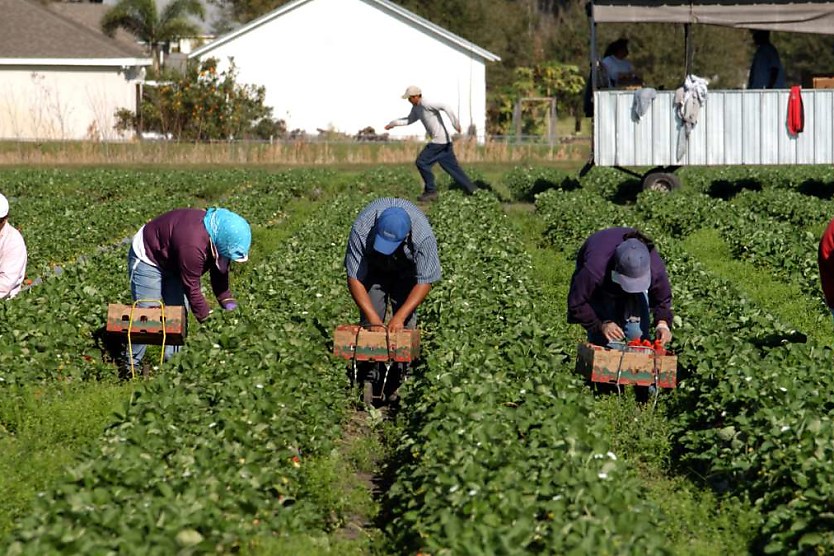Why the economy needs migrant workers
SHARE THIS ARTICLE

While last year’s budget brought some welcome changes to help bolster the economy, the government continued to overlook the value of migrant workers, according to a general manager.
“Building a better future” was the overarching theme of October’s federal budget, with cost-of-living support being a key focus of the budget.
However, according to Nadine O’Regan, general manager for TQSolutions, the government has looked over a crucial economic booster – migrant workers. As discussed on The HR Leader, Ms O’Regan said the government could benefit by getting overseas workers back into the country to help ease skills shortages.
“During COVID-19, Australia has taken a real battering; we are no longer the most attractive place to work. We really need, as a nation, at the federal level, to really refocus on this, and look at ways to entice people back to Australia, especially in those skills where we have high demand,” she said.
“There’s a lot more that would need to be done to make it a seamless pathway to permanency for migrants. The visa process … they need to make it quicker [and] they need to make it easier. Prospective migrants, they’re looking at Australia, Canada, New Zealand, they’re looking at all of these countries. The ones that have a clear pathway to permanent residency are always going to be ahead of the pack.”
With Australian borders open again and an influx of tourists taking advantage of the end of lockdowns, Ms O’Regan said that Australia would need to secure as many workers as it can to keep up with tourism.
“As a country, we need to focus on widening the talent pool, so removing some of the migration barriers, removing barriers to getting those people that aren’t working, working. I heard a sitting politician say that their focus was on getting tourists back to Australia. Yeah, great. But there’s no point getting tourists back if there are no workers to serve them a coffee at the local café,” explained Ms O’Regan.
“Increasing migrants by 35,000 is fantastic, and it’s progress, but we need hundreds of thousands.”
Migrancy isn’t the only area Ms O’Regan would like to see given more focus. Female participation rates is another that could also ease talent shortages.
“Getting more women into employment was a great and logical starting point for me. There’s so much economic potential for us, if we can get more women into the labour force,” she said.
The government appears to be addressing issues with women participation, as 2024 will see businesses encouraged to be transparent in wages to close the gender pay gap. The next step is getting other disadvantaged groups working.
“I think we need to talk about workforce participation more broadly. So, we need to get not just women, but we need to get more people back into the workforce.”
Ms O’Regan continued: “We’re talking about retirees. There were provisions in the budget to increase the tax-free income for seniors; it’s a drop in the ocean. We need more people participating at work. We need more disability, more indigenous, more women, more parents, [and] more seniors. We need to be broadening skills and apprenticeship programs.”
“[There are a lot of] things that the federal government have committed to improving, but we’re actually a long way behind the eight ball.”
The transcript of this podcast episode, when quoted above, was slightly edited for publishing purposes. The full audio conversation with Nadine O’Regan on 12 December is below, and the original podcast article can be found here.
Jack Campbell
Jack is the editor at HR Leader.

